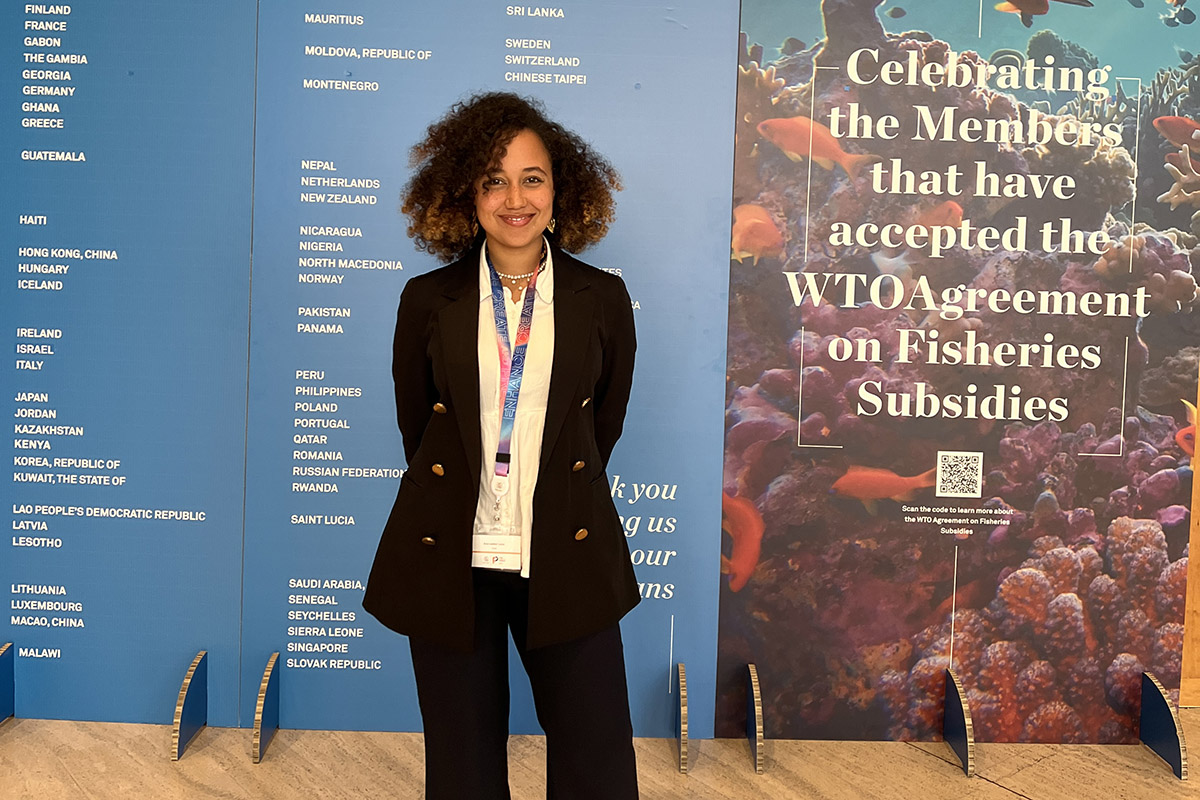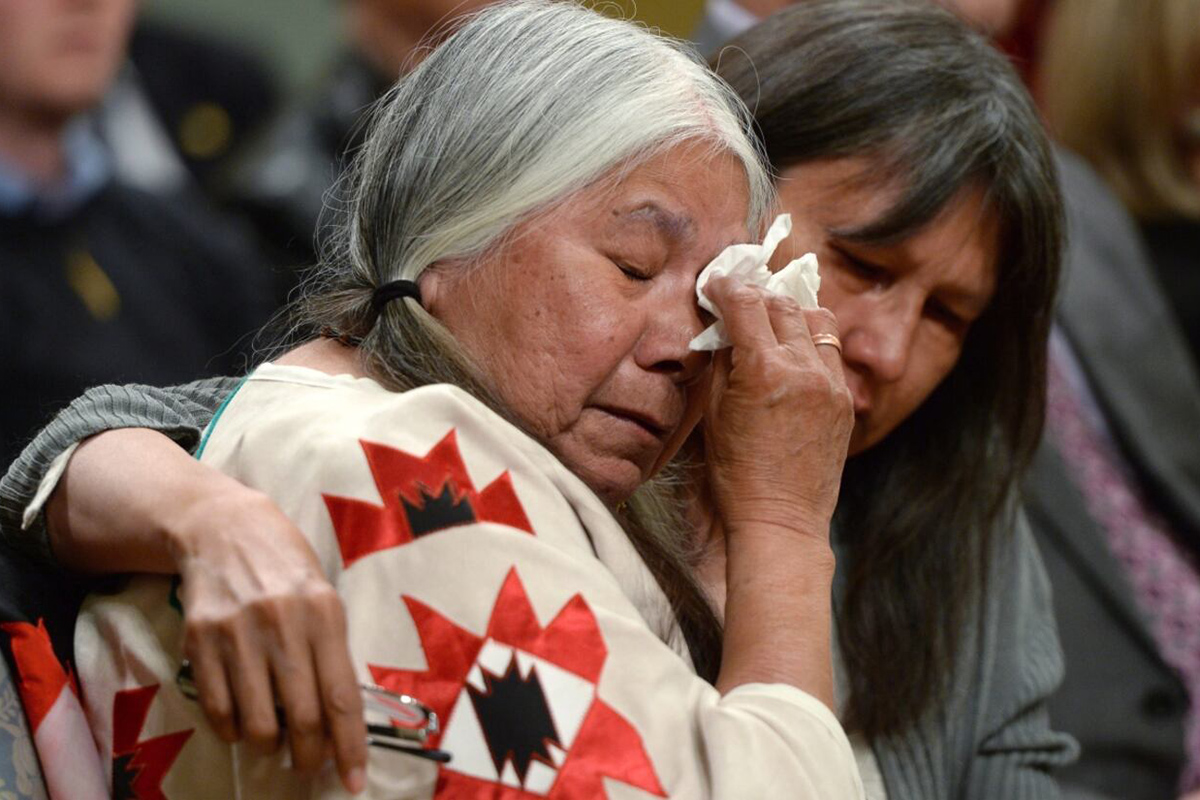Public-Private Partnerships: The Key to Sustainable Financing of Youth Development
July 25 Angelique Pouponneau, a Commonwealth Correspondent from the Seychelles, highlights the importance of Public-Private partnerships in light of the upcoming Commonwealth Youth Ministers Meeting to reiterate the key role governments and the private sector stakeholders play to mobilise resources and finance youth development across the Commonwealth.
Angelique Pouponneau, a Commonwealth Correspondent from the Seychelles, highlights the importance of Public-Private partnerships in light of the upcoming Commonwealth Youth Ministers Meeting to reiterate the key role governments and the private sector stakeholders play to mobilise resources and finance youth development across the Commonwealth.
This year at the 9th Commonwealth Youth Ministers’ Meeting (CYMM), the gap that divides outcome documents and implementation will be addressed. That is the lack of commitment of funds to implement projects, programmes or initiatives that young people want to see. Next week, young people alongside Youth Ministers from the Commonwealth member states will gather to consider the important question on resource mobilisation and financing of youth development. However, if it is not infiltrated with innovation and pragmatism we may emerge with another wish list of how to mobilise resources and finances.
It has been said on countless occasion that a youth policy and/or a national youth council without a sturdy budget is not of any use. Although this holds true, governments argue that the proportion of the budget allocated to youth cannot be seen simply as what is allocated to the Ministry of Youth or the National Youth Council but rather Ministries responsible for education, health care and so on, which are often the most significant expenditures in a country, but are all contributions made to youth development. Arguably, that is a fair statement so then one wonders why should we expect governments to put more towards financing youth development?
The need by governments to invest in young people cannot be ignored, especially with many countries having more than 60% of the total population aged 30 and below. However, in most instances other challenges are given priorities such as investment in infrastructure, tackling poverty rather than that youth development projects which are seen as low priority. There is an urgent need to tap into funding from the sector that has the funds, that is, private sector. Hence, a conversation without private sector is doomed.
In some countries, like the Seychelles, businesses can provide ‘Corporate Social Responsibility’ (CSR) whereby a percentage of their taxes are paid out to eligible organisations for projects. Unlike government, businesses have different priorities – they care about their reputation, their customers, their products, and the cause (remember behind the big sign, there are people making decisions) so when soliciting funds from the private sector the method of doing so is comparatively different from urging government to invest in youth development. Moreover, young people have to be strategic. Business people rarely have time to read more than one or two pages of a concept, and already have their favourite areas that they choose to donate to. So young people must ensure they have carried out ample research on what their areas of interest and priorities are. Also, some businesses may feel that they are not keen to fund a project that relates to young people per se, but are interested in health, environment or poverty alleviation, so ‘pitching’ is everything. For example, the SIDS Youth AIMS Hub – Seychelles is a youth-led NGO that advances and promotes sustainable development but rather than see themselves purely as a youth-led organization, SYAH- Seychelles has managed to tap into the Environment Trust Fund (ETF), which is housed by the Ministry of Environment, Energy and Climate Change, to fund some of their projects. The ETF funds are supplied by every individual who pays an ‘add-on’ as part of their water bill in the Seychelles.
Many young people have the capacity to deliver on their initiatives and projects but how many have been trained and capacity built to write project proposals that would be attractive to international donors or the private sector? How many young people have been trained and capacity built to pitch their proposal? In the Seychelles, when the government announced its civil society grants scheme to fund initiatives which applications would be by project proposals – it is well-known that some civil society organisations have had decades worth of experience of persuading funders whilst youth-led organisations may struggle. It is at this point that governments and national youth councils should have and commit funds that build the capacity of young people in such skills to enable them to tap into funds that the government cannot provide.
Furthermore, this facilitative role of government can continue within a low-budget framework by promoting the work of young people by hosting exhibitions or publications on the work of young people in the country (For example, 28 young people making a difference in Seychelles) so whilst young people may have to piggy-back their initiatives for some years to come, the perception that youth initiatives are risky will change in due course making businesses more willing to invest. Once this happens, perhaps a more sustainable model where a percentage of the CSR of several businesses can be channeled to the National Youth Council which can then fund youth initiatives by member organisations.
This article does not seek to remove the responsibility that every government has to serve its citizens as governments will sooner face the consequences of the lack of investment but a call for a public-private partnership where both government and the private sector play their role to mobilise resources and finance youth development.
Photo credit: Inedu Sebastine from Nigeria (Commonwealth Photography Competition, 2016)
…………………………………………………………………………………………………………………
Opinions expressed in this article are those of the author and do not necessarily represent the views of the Commonwealth Youth Programme. Articles are published in a spirit of dialogue, respect and understanding. If you disagree, why not submit a response?
To learn more about becoming a Commonwealth Correspondent please visit: http://www.yourcommonwealth.org/submit-articles/
…………………………………………………………………………………………………………………




